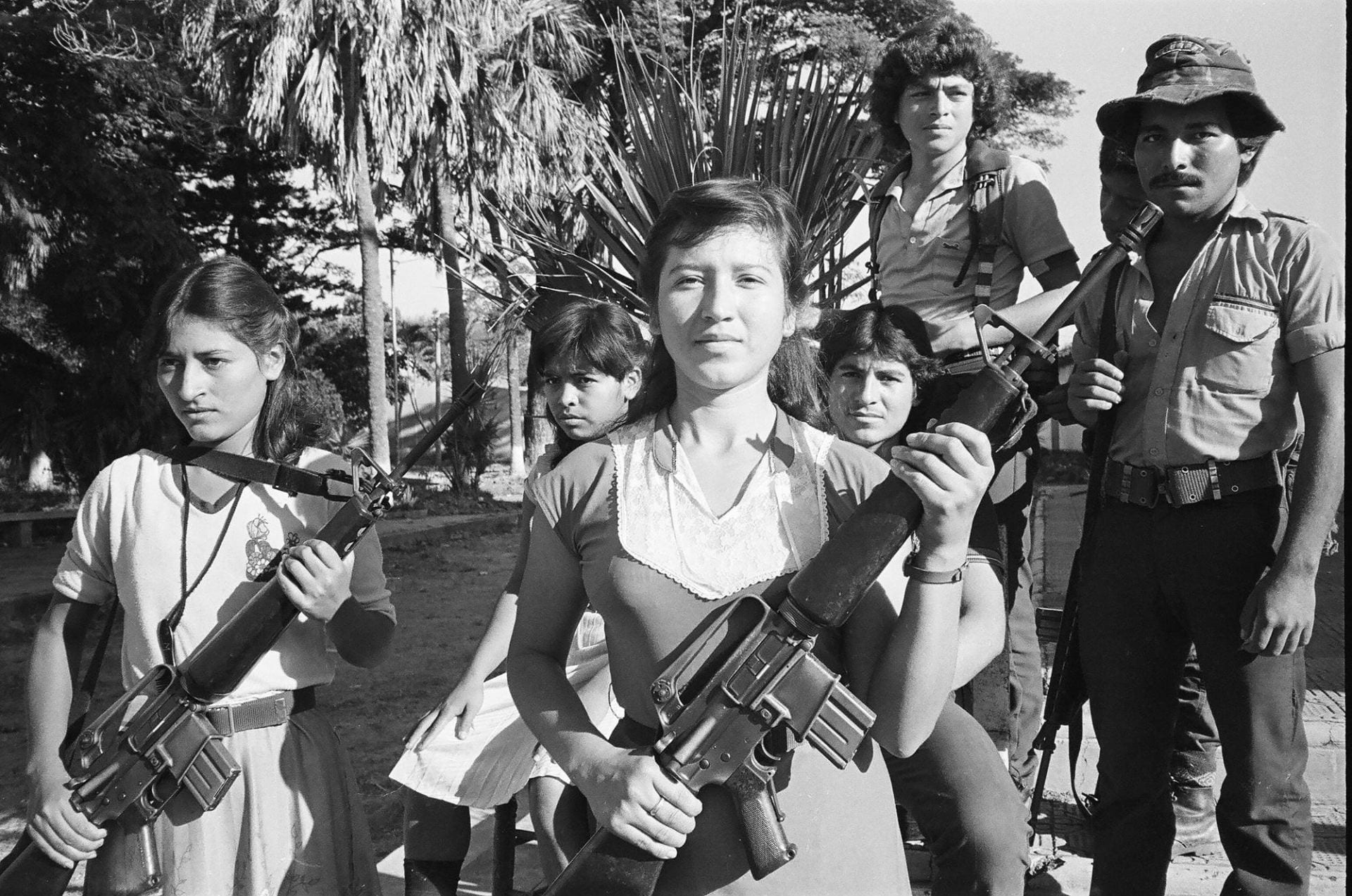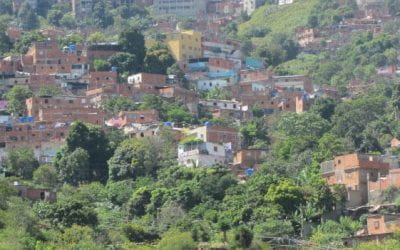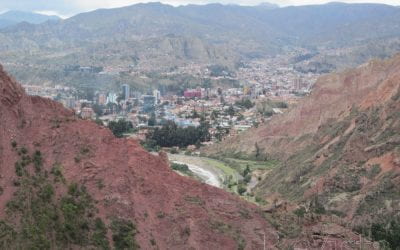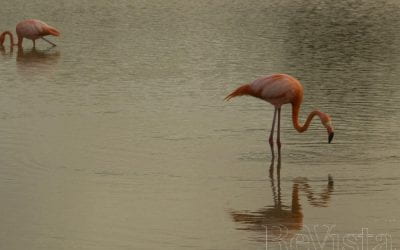A man was shot and killed in a dispute in June 2010 over a water connection in San Juan Cancuc, Chiapas, Mexico. A Zapatista settlement coexists, if uneasily, on the edge of the municipality. Residents of the nearby community of El Pozo had threatened to shut off Zapatistas water connection. A confrontation ensued, shots followed, with one fatality and nine wounded. A spokesman claimed the Zapatista group acted in self-defense.
As a student in the DRCLAS Student Internship Program in Sustainable Development, I’d been commuting to this small town in high, green, tropical Chiapas to interview women looking to start a cooperative. I found out just how much a good water connection is worth: it can cost human lives.
Monica Porto’s observation that water infiltrates most of our infrastructural layers is essential. We drink water; water carries away our waste, provides our electricity, and determines whether our crops will grow. And as such water use dominates discussions on water. How we use and distribute water are delicate questions. To a community, water is also agriculture, sanitation, transport and power.
This issue of ReVista examines the many intersections of water and human development: the human waste that mixes with the water we drink; how communities can share and manage their own water; how climate change impacts stream flow, or, as Diana Duque narrates, how a community manages when corpses float downstream as runoff.
Water operates on a much greater physical scale than humans do. The hydrogeological processes of sedimentation, deposition, runoff, erosion—driven by gravity—chisel landscapes on earth: the Andes, the Amazon, the Salar de Uyuni, the Patagonian ice field. Allowed to take its time, the motion of even a relatively small amount of water is powerful.
The volume of the Colorado River can be measured by the cupful as it winds to its end somewhere in northwestern Sonora, and yet the canyons it makes as one follows it upstream are unsurpassed. Sometimes, water is thrust upon a landscape more immediately, as survivors of the 1960 Chilean tsunami, or a Caribbean hurricane, have witnessed.
In this sense, water permeates through much more than the infrastructure of our cities. Water permeates layers of scale—as John Briscoe notes, the water cycle in South America is defined by regions as large as Brazil and the Andes, but as many of the other authors in the issue point out, has important and immediate impact on individuals. The physical geography that we inhabit integrates the impact that water has created on timescales from millions of years to minutes.
Outside La Paz, Bolivia, a human impact is felt even on this large scale. The receding Andean glaciers that supply La Paz are some of the best visual evidence of the impact of climate change on regional hydrologic cycles. But as Angela Livino notes, water supply is likely changing in less visually apparent ways even in places like the Brazilian Amazon.
Water will become a more pressing issue for human development. With changing water supply and higher populations, more communities will have to grapple with challenges like the dispute in San Juan Cancuc, or the potential shortages in La Paz.
Unless they want to accept the trend toward the consolidation of water in the hands of a powerful few, communities themselves will be tasked with ensuring water rights. This is why experiments in water management like the Mesas Técnicas de Agua that Rebecca McMillan and Susan Spronk describe are so important.
The hydrologic cycle, though, is just that—a cycle, of which human life and death and anthropogenic change make one small component. Rivers change their courses, oceans rise and recede; runoff continues to slowly move mountains. Dams and canals will erode, and crack. In any debate over water, water itself will have the last word.
Related Articles
Grandmothers and Engineers
A little known fact about Venezuela is that grandmothers and engineers are at the forefront of the struggle to improve access to water and sanitation in poor neighborhoods. Nancy la Rosa, Rosalba Ruíz, Florencia Gutiérrez, Petra Escalona and Sulay Morales, all in their golden years, are working as spokespeople and organizers of the technical water committees (MTAs, mesas técnicas de agua) …
From Water Wars to Water Scarcity
When Bolivian President Evo Morales arrived at the new Uyuni airport last August and found no water running from the tap, he publicly reprimanded and promptly dismissed his Minister of Water. As it happened, the pipes were merely frozen. The incident underscores the critical—and highly symbolic—role of water in the politics of this landlocked Andean nation. …
First Take: The Struggle for Clean Drinking Water in Latin America
For the last few years I’ve been taking students from the University of Miami to the Galápagos Islands off the coast of Ecuador. We study the environment and the culture. We record the squeaky, hissy conversations of giant land tortoises and the volcanic-black marine iguanas that are found nowhere else. We swim with sea lions and penguins. …






